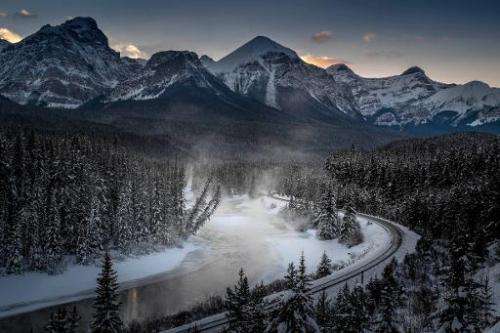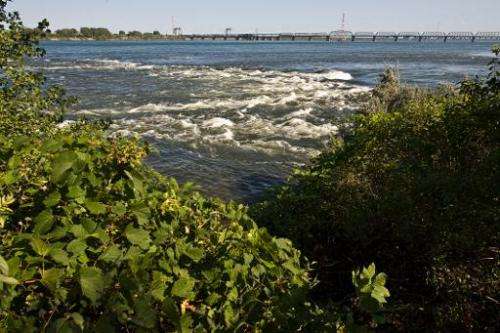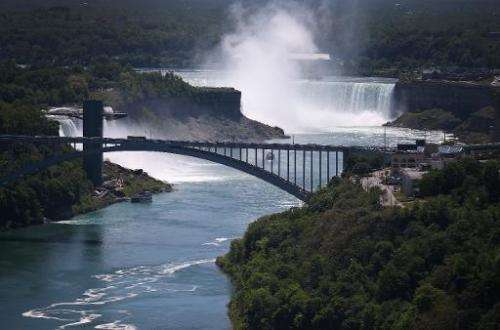Canada's water: A paradox of pollution and waste

In Canada, a country with vast reserves of freshwater, the precious resource should reasonably be expected to be pristine and practically free to consumers.
But the abundance, unfortunately, has led to overconsumption, waste and sometimes mediocre quality.
"People who come from abroad, particularly Europeans, are surprised to find that in most Canadian municipalities there are no water meters," said Manuel Rodriguez, a water expert at Laval University in Quebec City.
The surprise is all the greater at the sight of the majestic St Lawrence River, Niagara Falls and the countless other waterways that together make up seven percent of the world's freshwater.
In truth, Canada's tap water is not free. A small portion of municipal taxes goes toward paying for water treatment and the upkeep of water distribution systems.
But it is so small that most people think their water is free, and that they have no reason to marshall their consumption.
"We can't delude ourselves, there's a lot of water and... the cost of producing potable water is not very high," commented Patrick Drogui, a professor at INRS University in Quebec City.
However, as in many other countries, commercial livestock operations and other industries in Canada pollute the watershed.
Here and there, such as in the south of Canada's Quebec province, in rivers and lakes "the quality of the water is dubious," Rodriguez says.
Still, it is treated and reused by municipalities.

In the coming years, these costs risk rising with new pollutants appearing such as endocrine disrupters or pharmaceutical residues that will require new standards and treatments to remove them from water sources, Drogui said.
"Very, very toxic" for humans, these pollutants, found in trace amounts in water, are already leading to "a feminization" in certain fish species, and pose a real threat to humans, he added.
Perverse consequences
The abundance of water also has perverse consequences.
"Because you don't receive a water bill, you pay less attention to conservation and so this promotes waste," said Drogui, who paints a picture of a Canadian who spends hours watering his lawn or uses gallon after gallon to wash his car.
Canadians consume on average 300 to 400 liters (80 to 100 gallons) of water a day—one of the highest rates in the world.
But since there are no water meters, this figure is only an estimate, Rodriguez noted.
The city of Montreal produces about 934 liters of potable water per inhabitant each day. A large amount of this however leaks directly back into the ground as it flows through dilapidated pipes to homes and businesses.

The situation is the same in cities across Canada, where 30 percent of treated water flows back to its source before reaching the consumer, according environment ministry figures.
Efforts to end this waste have been modest so far. Quebec province is looking to fix its networks of pipes to reduce the amount of wasted water to 20 percent of the total by 2017, for example.
The situation is infuriating for some, notably Irving Leblanc of the Assembly of First Nations representing 630 native American tribes across Canada.
"In some communities, the situation has been described as Third World conditions where entire communities have no access to safe drinking water or adequate sanitation," he said.
This is the case in a dozen isolated indigenous communities in northern Ontario and Manitoba provinces, and in a dozen more across Canada who face orders to boil their water because of industrial pollution or a lack or proper water treatment facilities.
In these places, bottled water has become the rule, shipped in at great expense.
Over the next two years, the federal government expects to spend Can$323 million ($296 million, 213 million euros) to improve the water situation in these remote communities—far less than the Can$4.7 billion that it estimated in 2011 is needed to fix the problem.
© 2014 AFP














